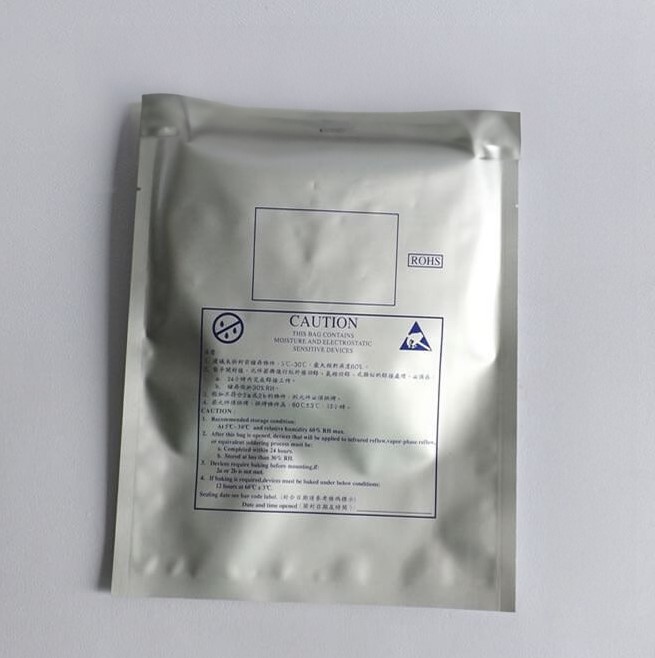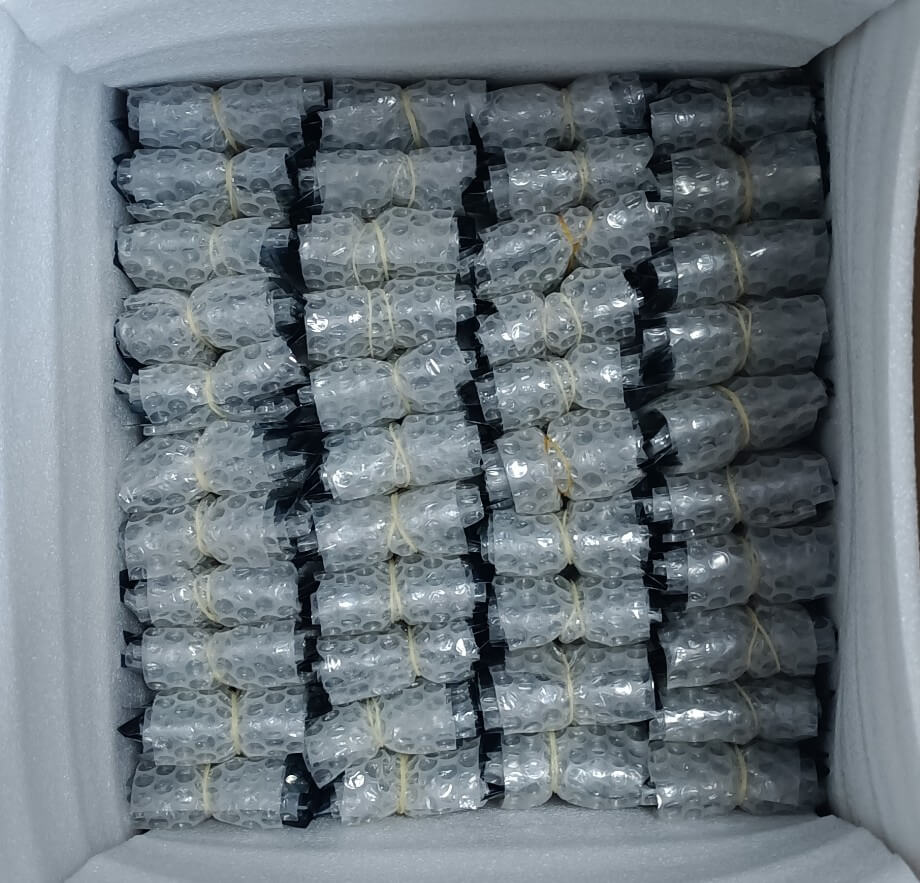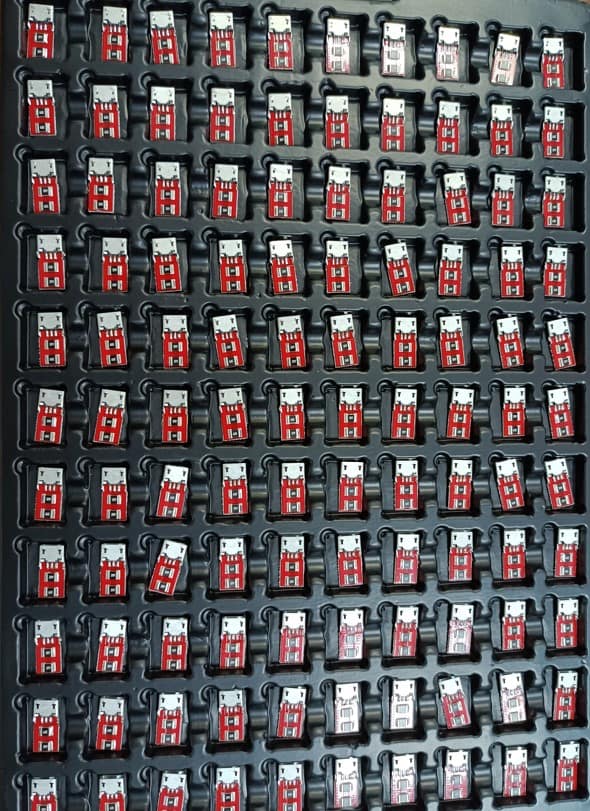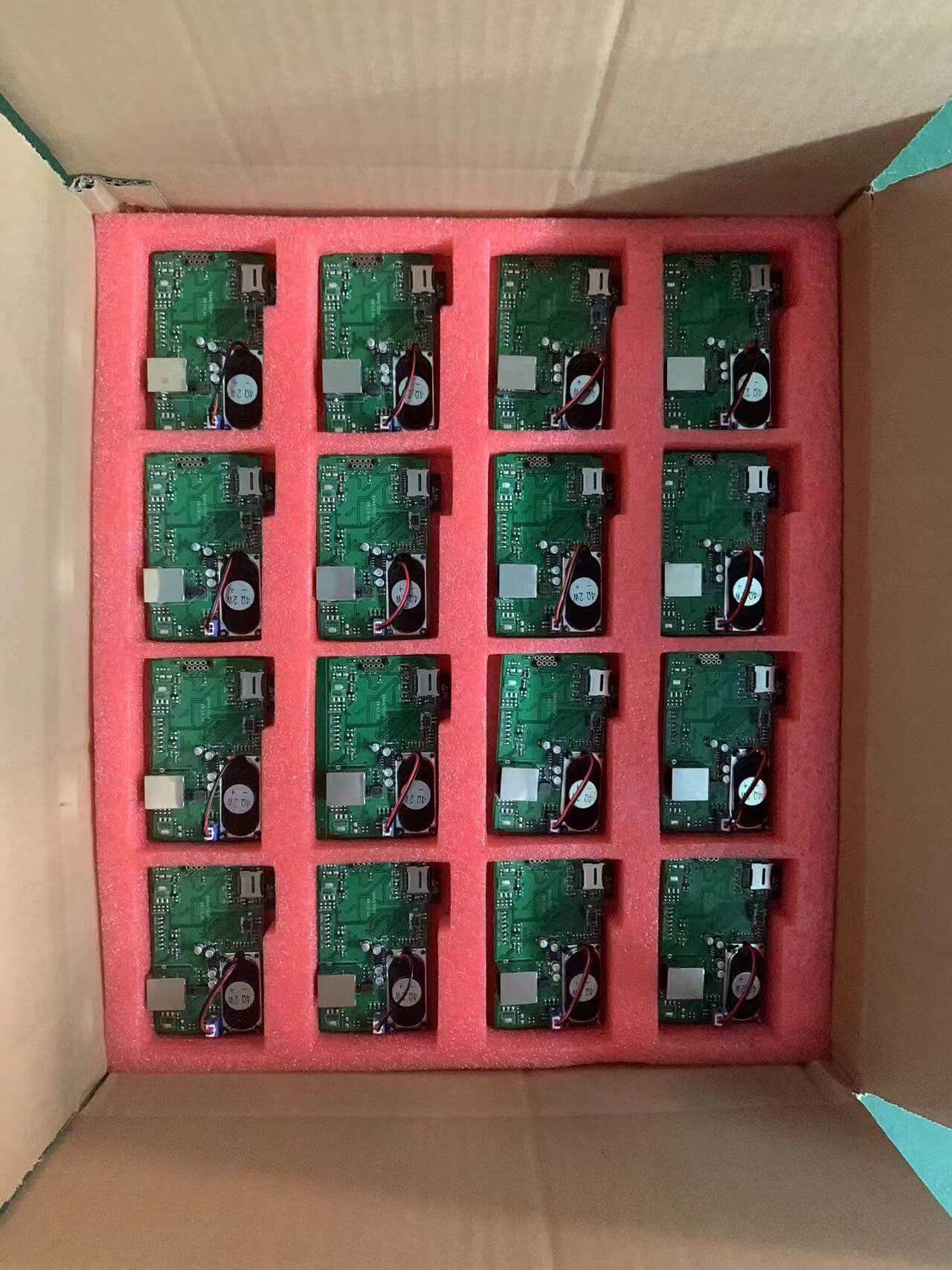PCBA Packaging
Highleap provides one-stop PCB&PCBA service, including PCBA packaging customization.
The Importance of PCBA Packaging
At Highleap, we recognize the paramount importance of safeguarding PCBs (Printed Circuit Boards) and PCBAs (Printed Circuit Board Assemblies) during the shipping process to ensure their safe arrival at the intended destination in optimal condition. Despite their seemingly robust copper and fiberglass construction, PCBs and PCBAs are inherently delicate and susceptible to damage.
During the course of shipping, packages are subjected to various forms of physical stress, including compression, vibration, impact, and dropping. Although the resulting damage may not be immediately discernible, its ramifications can be severe. Moreover, if PCB assembly services are employed, the vulnerability of the package increases due to potential risks such as electrostatic discharge and moisture ingress. Considering the considerable investment of time and effort involved in the design and manufacturing of PCBs and PCBAs, it is imperative to safeguard them against any potential damage during transit.
As a one stop PCB and PCBA company, Highleap is committed to minimizing the occurrence of damaged goods reaching our valued customers. We continuously strive to enhance our services, including the optimization of packaging solutions, to ensure that PCBs and PCBAs are delivered in impeccable condition, mirroring their state when they left the production line. However, it is equally advantageous for customers to possess a fundamental understanding of PCB&PCBA packaging requirements prior to engaging with any manufacturer. This knowledge empowers customers to ensure that their boards receive adequate protection throughout the entire shipment process.
By adopting the necessary precautions and meticulously selecting appropriate packaging materials and methods, the risk of damage to PCBs and PCBAs during transportation can be significantly mitigated. It is crucial to foster close collaboration with your manufacturer or logistics provider, engaging in comprehensive discussions regarding specific packaging requirements and addressing any concerns that may arise.
At Highleap, we are dedicated to providing a comprehensive range of services and solutions to safeguard your valuable PCBs and PCBAs, ensuring their secure transportation and ultimate delivery in pristine condition.
Types of PCBA Packaging
Vibrations and mechanical shocks can potentially damage PCBs, particularly delicate components and solder joints. Anti-vibration packaging techniques aim to minimize the impact of vibrations during transportation or handling. This can involve using shock-absorbing materials such as foam inserts, cushioning pads, or anti-vibration mounts. These packaging elements help to absorb and dissipate external forces, reducing the risk of damage to the PCBs.

Anti-Static Packaging
PCBs are sensitive electronic components that can be easily damaged by electrostatic discharge (ESD). Anti-static packaging is designed to prevent the buildup and discharge of static electricity, which can potentially harm the PCBs. Typical anti-static packaging materials include conductive or static-dissipative materials, such as conductive foam, conductive bags, or ESD shielding bags. These materials help to dissipate static charges and keep the PCBs safe during handling, transportation, and storage.

Moisture-Proof Packaging
Moisture can cause significant damage to PCBs, leading to corrosion, short circuits, or component failure. Moisture-proof packaging aims to protect PCBs from exposure to humidity and moisture. Common moisture-proof packaging solutions include moisture barrier bags, desiccant packs, and moisture-absorbing materials. The packaging materials are designed to create a moisture-resistant barrier, preventing the ingress of water vapor and protecting the PCBs from moisture-related damage.

Anti-Vibration Packaging
Vibrations and mechanical shocks can potentially damage PCBs, particularly delicate components and solder joints. Anti-vibration packaging techniques aim to minimize the impact of vibrations during transportation or handling. This can involve using shock-absorbing materials such as foam inserts, cushioning pads, or anti-vibration mounts. These packaging elements help to absorb and dissipate external forces, reducing the risk of damage to the PCBs.
High-quality PCB packaging materials guarantee that your products remain undamaged during transportation and storage.When optimizing PCB-centric packaging, it’s important to consider the specific requirements and environmental conditions that the PCBs will be exposed to. Different PCBs may have different sensitivities and requirements, so a tailored approach is often necessary.
PCBA Packaging Customization
There are situations where tailor-made packaging methods are necessary for PCB (Printed Circuit Board) and PCBA (Printed Circuit Board Assembly) components. Here are a few examples:
Unconventional Form Factors
Some PCBs or PCBA components may have unique or unconventional form factors that require custom packaging solutions. Standard off-the-shelf packaging options may not be suitable or available for these specific shapes or sizes. In such cases, a tailor-made packaging method is necessary to ensure proper protection and handling of the components.
Protection against Shock and Vibration
PCBs and PCBA components may be susceptible to damage from mechanical shocks and vibrations during transportation or operation. Tailor-made packaging methods can incorporate shock-absorbing materials, cushioning mechanisms, or anti-vibration mounts to provide adequate protection against these external forces.
Integration with Enclosures or Systems
In certain applications, PCBs and PCBA components need to be seamlessly integrated into larger enclosures or systems. This may involve designing packaging solutions that align with the overall system’s dimensions, mounting requirements, and connectivity interfaces. Tailor-made packaging methods ensure proper fit, alignment, and compatibility with the surrounding enclosure or system.



Compliance with Industry Standards
Some industries have specific packaging requirements or standards that must be met for regulatory or safety reasons. For example, aerospace, military, or medical applications may have stringent packaging guidelines to ensure reliability, durability, and compliance with industry standards. Tailor-made packaging methods allow for the customization necessary to meet these specific standards.
Specialized Environmental Requirements
PCBs and PCBA components may require packaging solutions that are designed to address specific environmental conditions. For example, if the components need to be protected against extreme temperatures, moisture, or corrosive substances, a tailor-made packaging method is necessary to incorporate features such as thermal insulation, moisture barriers, or chemical-resistant materials.
Special Identification and Traceability Requirements
In some applications, special identification and traceability are required for PCB and PCBA components. Customized packaging methods can incorporate tagging and tracking technologies to ensure component provenance and quality control, enabling fault diagnosis or recalls when necessary.
When dealing with mission-critical PCBs, investing in customized enclosures is a justified approach to mitigate risks and ensure the long-term durability of the components.If you need PCB packaging customization, please contact us.
